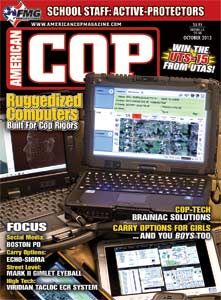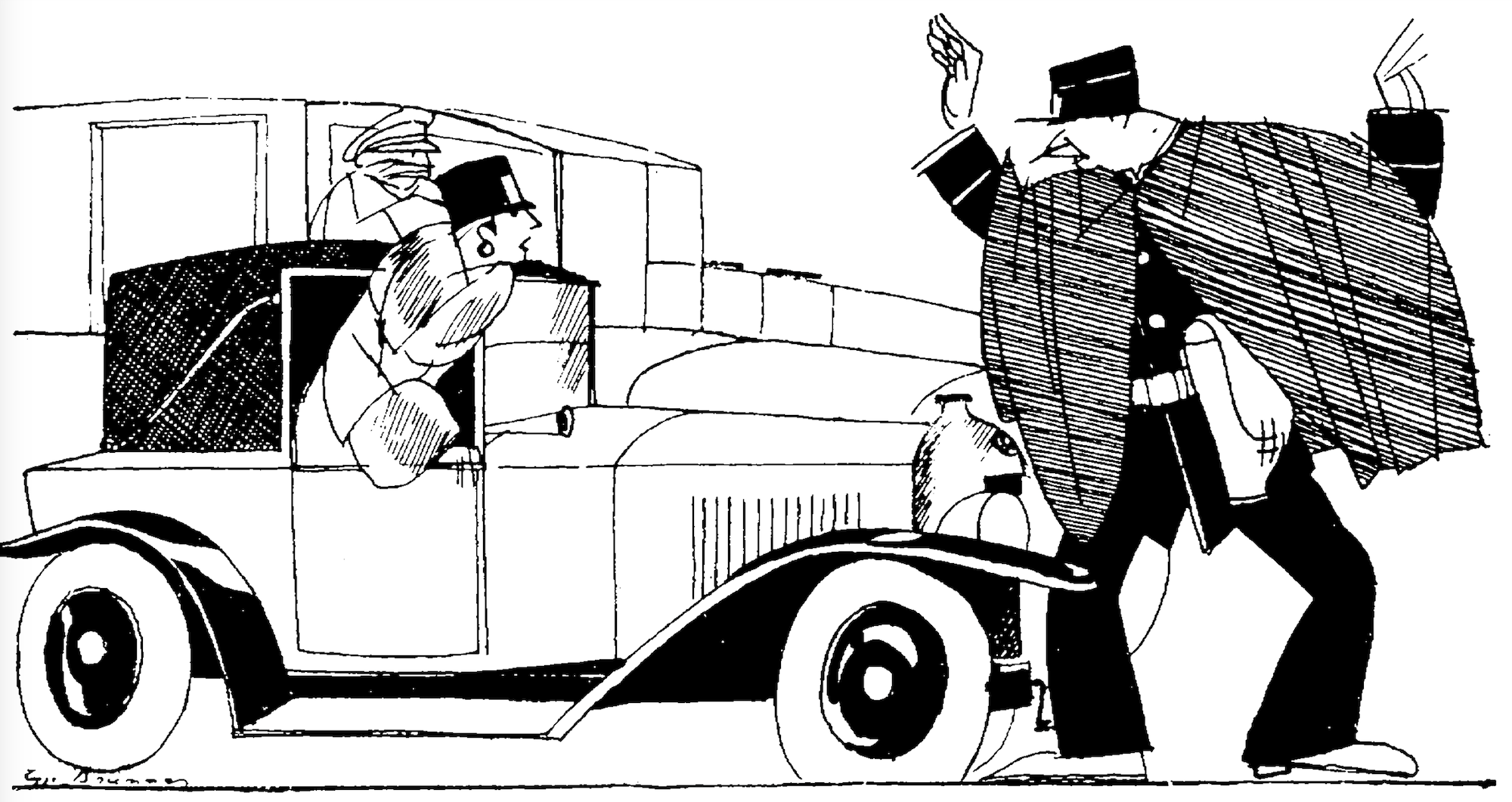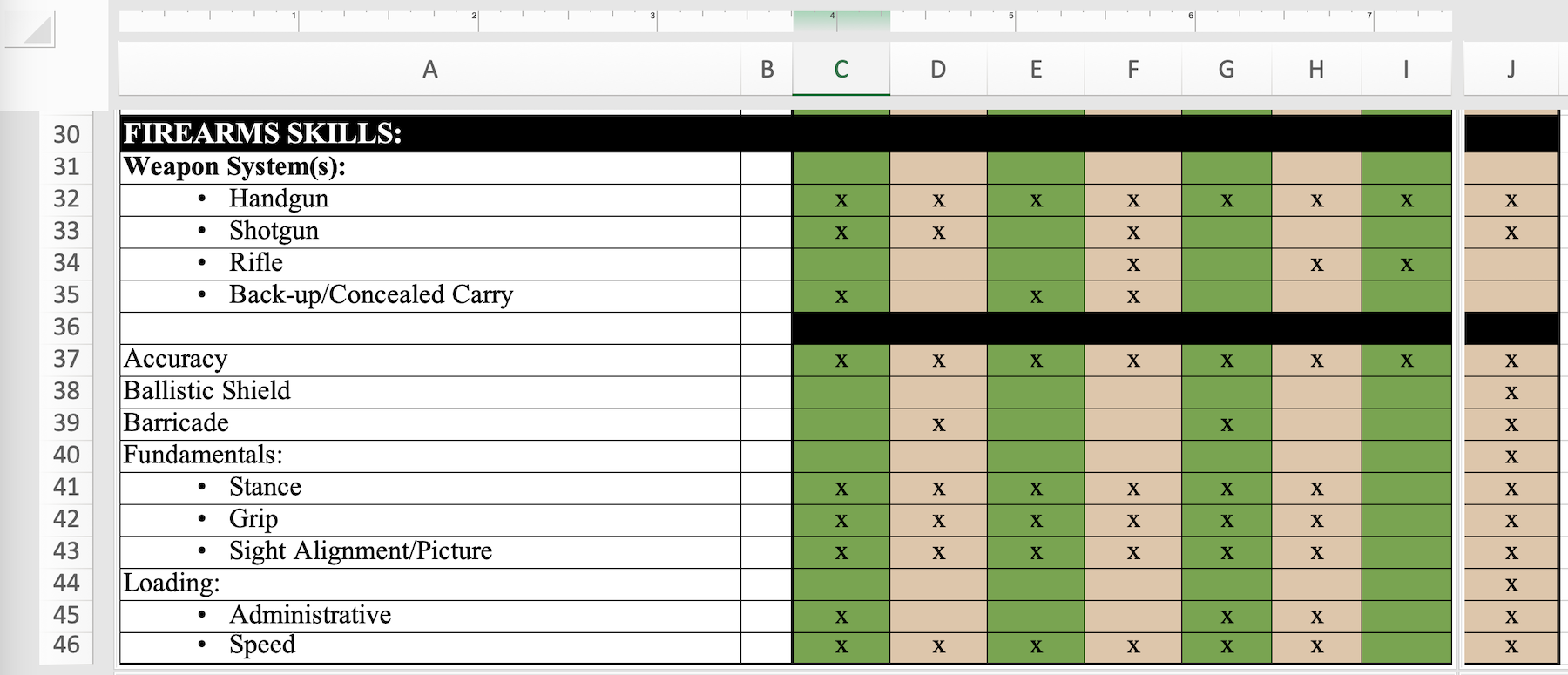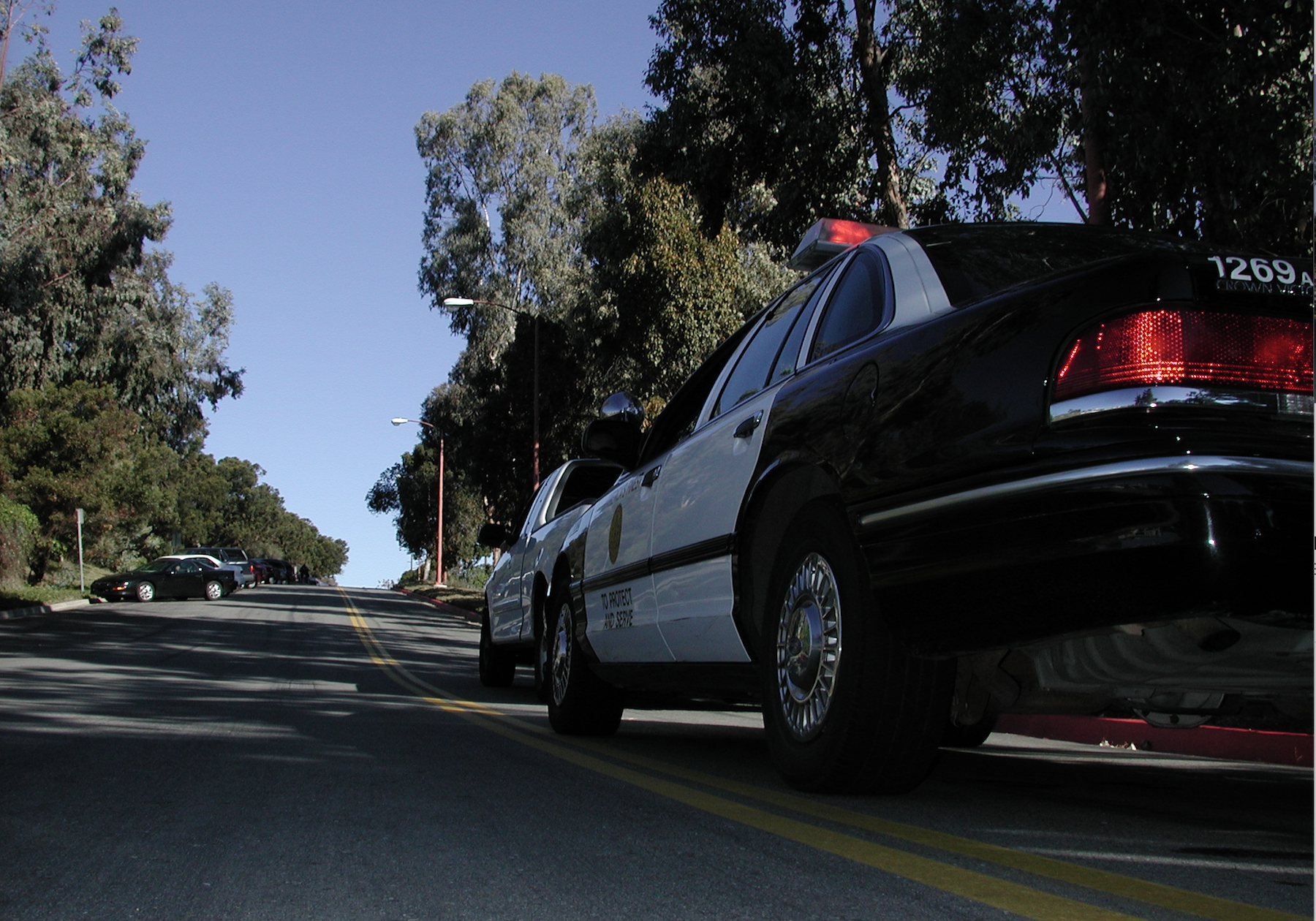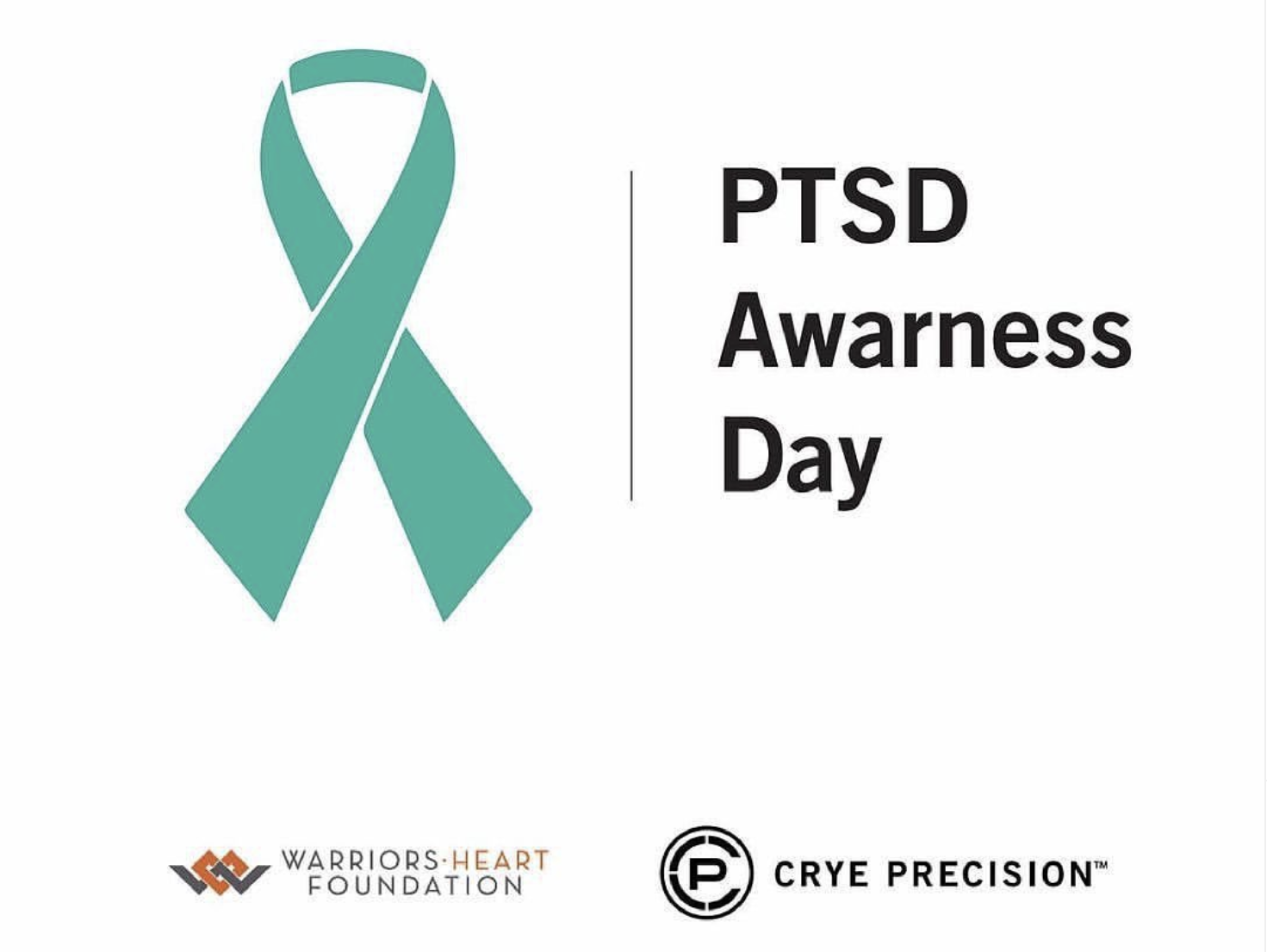
More-money-bag
In the early 1980s, the department I worked for had financial woes. A hiring push got us up to speed with manpower, but left us short of portable radios, beat cars and about every other piece of issued equipment, including body armor. Officer safety equipment was essentially left over from the late ’70s, or at least newer technology wasn’t being taken advantage of through new purchases. “If it worked before, it’ll work again,” was kinda the ongoing thinking.
Old-school leaders (some of the brass had been hired in the late 1950s) simply didn’t believe there was a need for “all this body armor and stuff ” — but we were proven terribly wrong. We lost six cops, killed in the line of duty by gunfire, in about 4 years (1981 to 1985). Suddenly the limelight of the realities of modern police work blinded the eyes of the citizens of the city of San Diego. Used to policing as if it was still 1955, the San Diego PD had entered into the league of “big cities,” but was unprepared for the demands at many levels. Some of the more critical issues were relying on out-of-date training methods, unimaginative firearms training programs, outdated officer safety guidelines and a general lack of modernization of equipment used at all levels, from communications to the guns in the cops’ holsters.
After those disastrous few years, money was found to buy modern body armor (and mandate it be worn), work was started on a new police station with modern communications upgrades, helicopters and K9 units were added, the academy training regimen was completely rewritten, driving skills were improved, uniform and officer safety equipment items were evaluated, changed, enhanced and task forces were formed to push technology adoption forward and keep the focus on training.
I was on the Officer Safety Task Force and confess I was amazed at the open arms of the administrators. We all genuinely felt they wanted what was best for our officers, from equipment to training, and were willing to go to the mat with the city council — and the public we policed — to get the funding. And it worked. In the 8 years from 1977 to 1985, the SDPD experienced 10 officers killed in the line of duty, nine from gunfire. From 1986 to 2011 (15 years) there were six deaths — four by gunfire. And that second time frame was at a time when gangs were rampant and street crime was high. And keep in mind San Diego is a border town, and had/has its share of drug-based violence against police.
The money spent bought us officers who were highly trained, more professional and better able to respond effectively to threats. It purchased better technology, firearms and ammunition, reliable beat cars, an infrastructure more open-minded to change, new technology, community policing (getting your citizens to help catch the bad guys), an intolerance for unprofessional police officers and a government not afraid to spend money when they needed to in order to keep their communities safer. Nothing was perfect and officers still died, but the trend toward “better” was solidly in place.
The lesson here? Even in these times of tight budgets, can you honestly afford not to spend the money you need to in order to keep your officers and your communities safe? The old adage, “Be prepared to spend more than you want to — but never less than you should,” applies.
By Roy Huntington
Read More From The Publisher Articles
Order Your Printed Copy Of The American COP October 2013 Issue Today!
Download A PDF Of The American COP October 2013 Issue Now!

